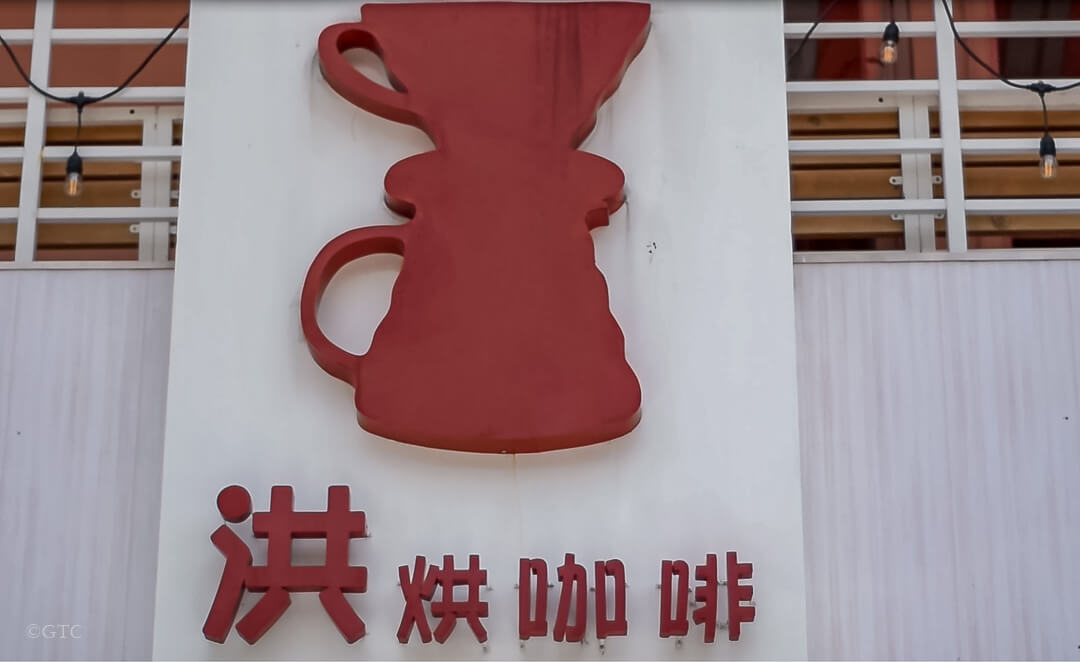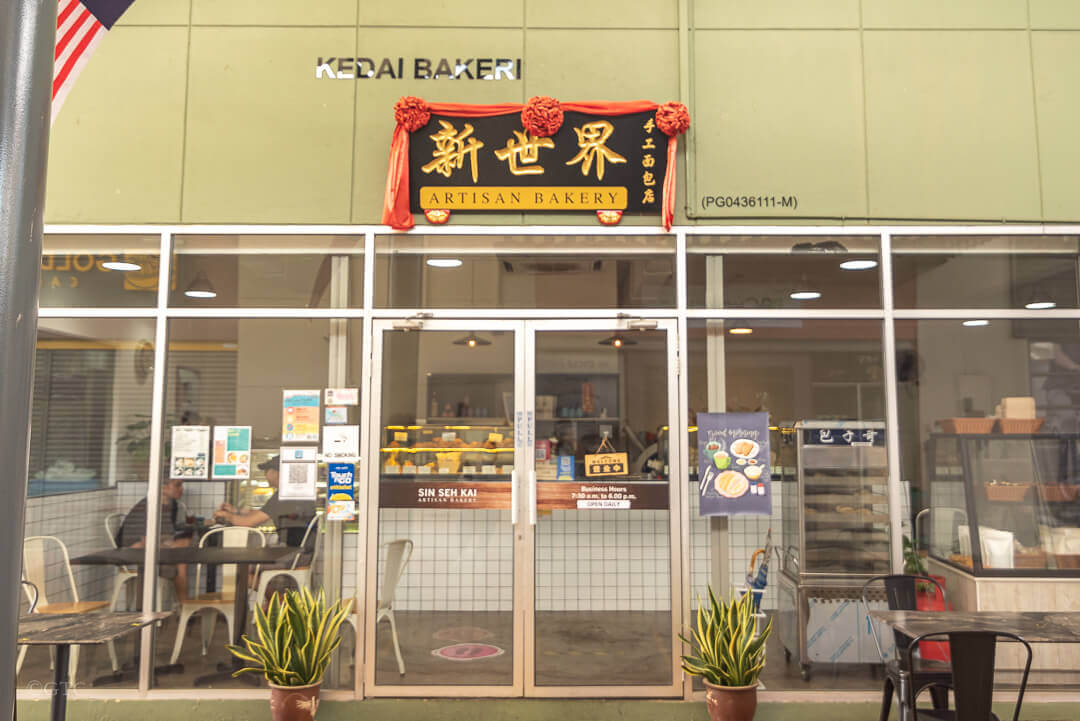Fort Cornwallis is a historic bastion fort located along the waterfront in George Town, Penang. Built by the British East India Company in the late 18th century, it stands today as the largest and most intact fort still standing in Malaysia. Named after Charles Cornwallis, the 2nd Earl Cornwallis—then Governor-General of Bengal—the fort is a significant colonial relic that offers insight into Penang’s early political and military past.
Founding and Early Purpose
Initially built using palm trunks, the fort was later rebuilt in bricks between 1804 and 1810, as regional threats intensified. The new brick fort covered a total area of 417.6 square feet and was surrounded by a moat measuring 9 metres wide and 2 metres deep, which was eventually filled in the 1920s due to mosquito-borne malaria outbreaks.


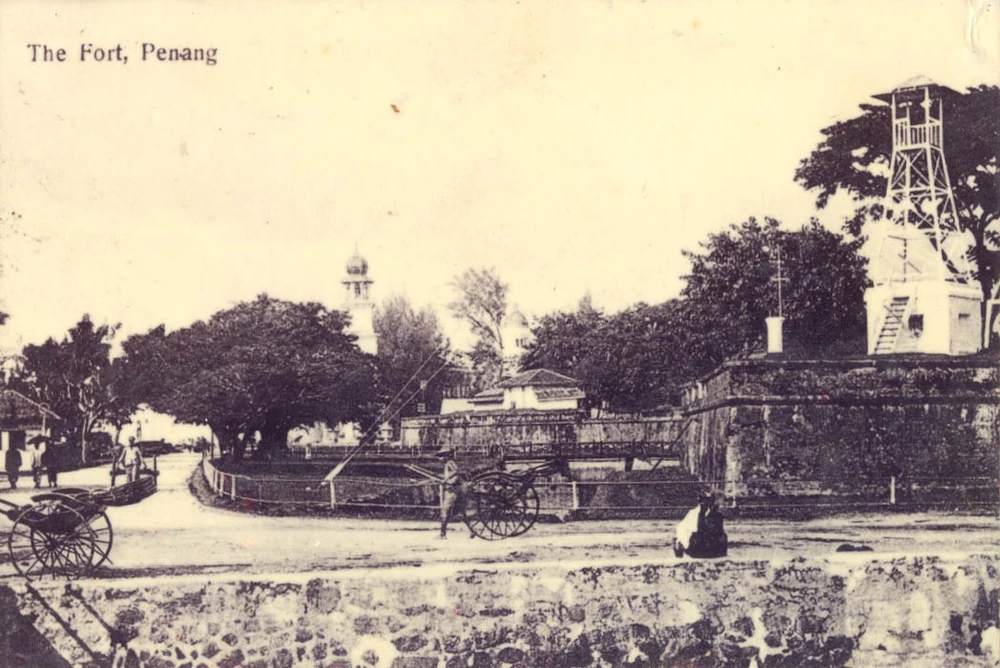
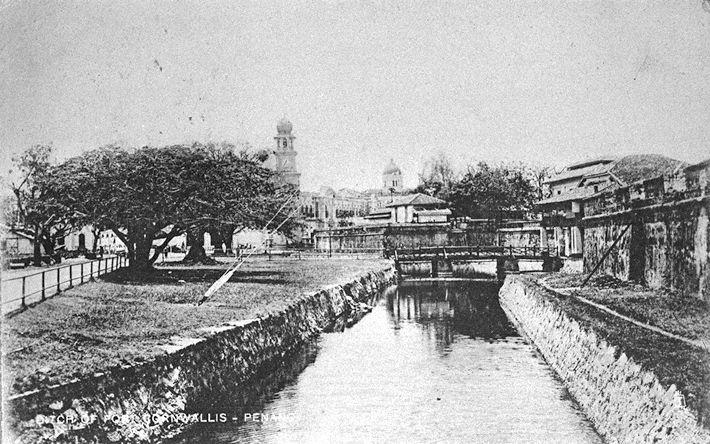
From Military to Administrative Use
Though designed as a military installation, Fort Cornwallis was rarely used in combat. Instead, it evolved into an important administrative center. In 1808, the fort became home to the Supreme Court of Penang, where Sir Edmond Stanley, an Anglo-Irish barrister, served as the first judge.
In the 1920s, the fort was used as a base by Sikh police forces under the British colonial administration of the Straits Settlements, further affirming its shift from a defensive post to a civic stronghold.
World War II and Japanese Occupation
During World War II, Penang came under attack by Japanese air raids in December 1941. Following a controversial withdrawal by British forces, the Japanese army occupied the island. Fort Cornwallis and the adjoining Esplanade were repurposed as military storage areas. Warehouses were built, and a light railway was constructed through the fort to support Japanese logistical operations.
Preservation and Restoration
Following the war, Fort Cornwallis entered a period of decline. However, growing awareness of its historical value led to restoration initiatives. In the 1970s, an amphitheatre and other facilities were added to encourage public engagement. In March 1976, the site was declared a National Monument under Malaysia’s Antiquities Act.
A major restoration campaign was undertaken from 2000 to 2001, including the reconstruction of the western wall, which had previously been demolished. These efforts cemented the fort’s role as a heritage site and open-air museum.
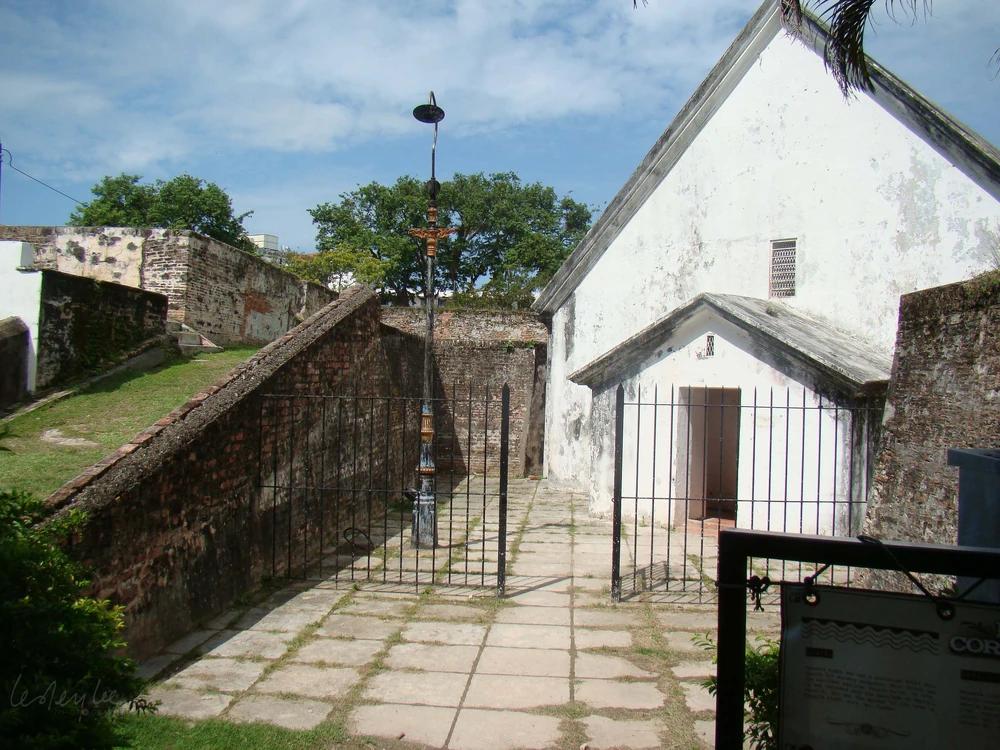
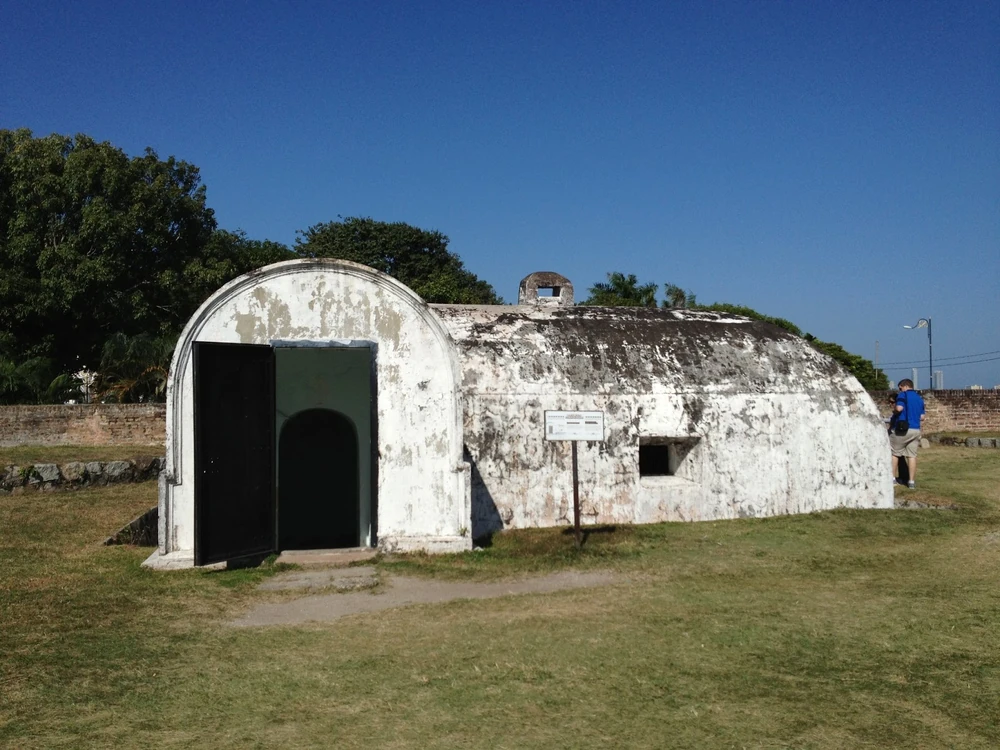
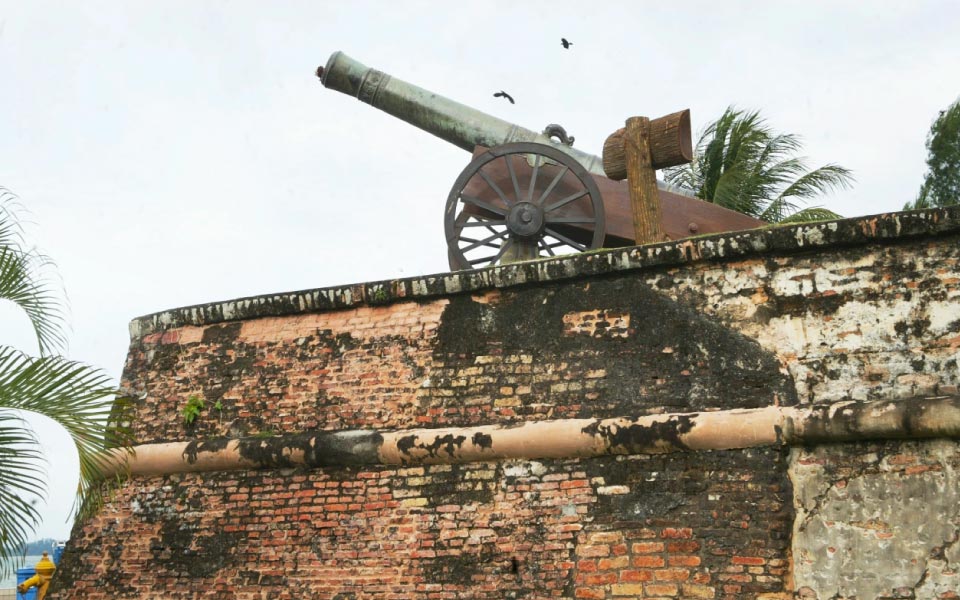
Seri Rambai: The Fort’s Legendary Cannon
The largest cannon of the fort, known as Seri Rambai, was cast in 1603; in 1606 the Dutch East India Company gave it to the Sultan of Johor. In 1613, the Acehnese took possession of Seri Rambai and carried it to Aceh. In 1795, the Achenese gave it to Kuala Selangor. The British seized Seri Rambai in 1871 as booty after a punitive raid on Kuala Selangor, and took the cannon to Penang. The government moved it to the fort in the 1950s.
The long history of Fort Cornwallis and the critical role it played in attracting settlers to Penang played an integral role in UNESCO declaring George Town a World Heritage Site, in conjunction with Malacca, in 2008.

Today’s Fort Cornwallis: What to Expect
Today, Fort Cornwallis operates as a heritage site and cultural venue. Visitors can explore:
- Historical exhibits on colonial Penang
- The original chapel built circa 1799—believed to be the oldest surviving roofed structure on the island
- A lighthouse erected in 1882
- Replica cannons, bastions, and barracks
- Guided tours by costumed interpreters on weekends
- Occasional cultural performances, art installations, and events
Fort Cornwallis is more than just a relic of the past—it is a living chronicle of Penang’s emergence on the world stage. Whether you’re a history buff, culture lover, or curious traveler, this historic stronghold offers a window into the island’s colonial roots and its journey through time.



